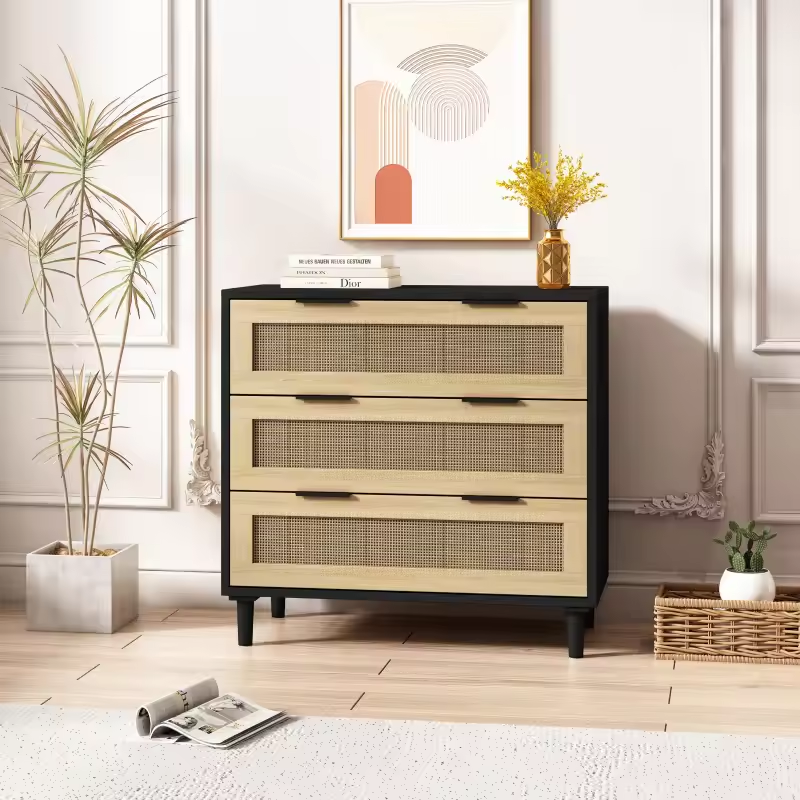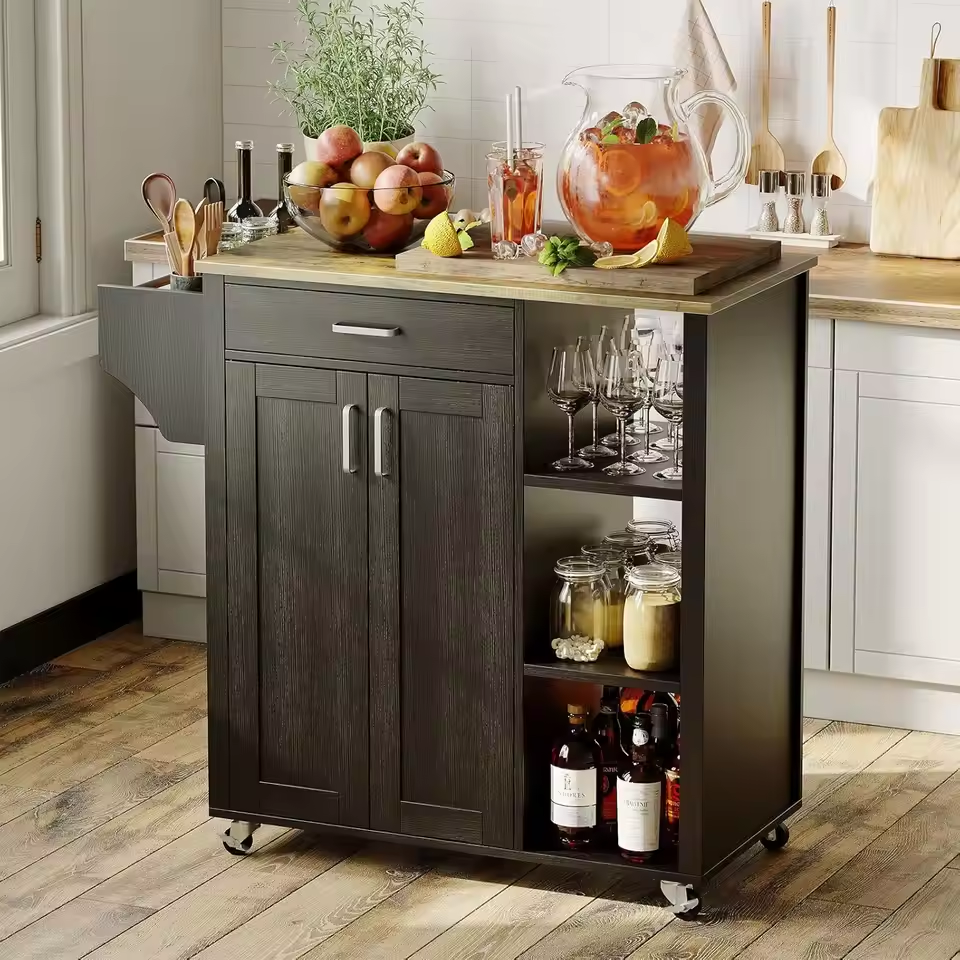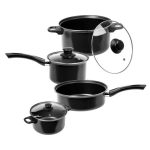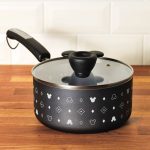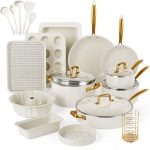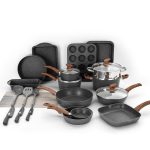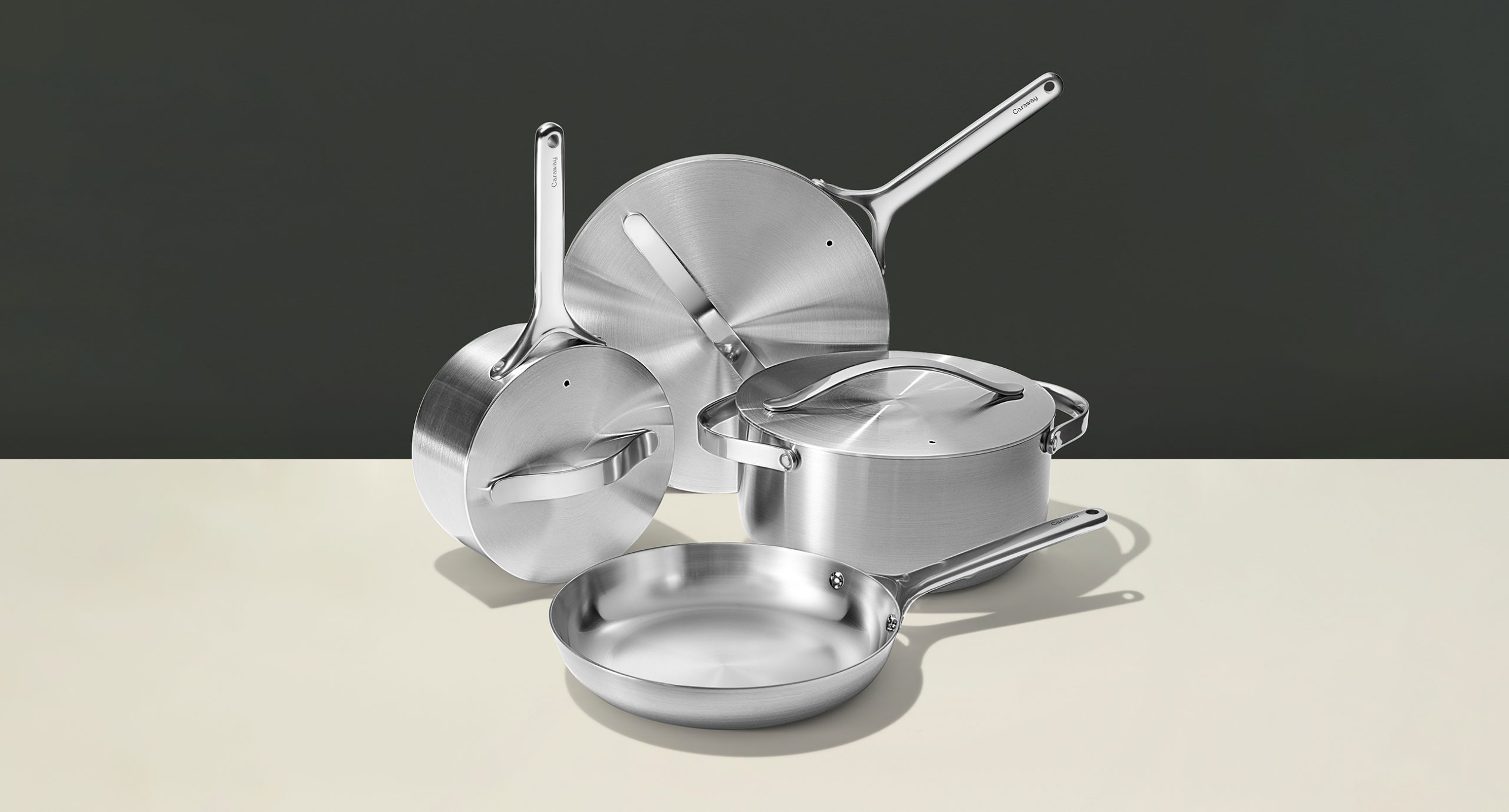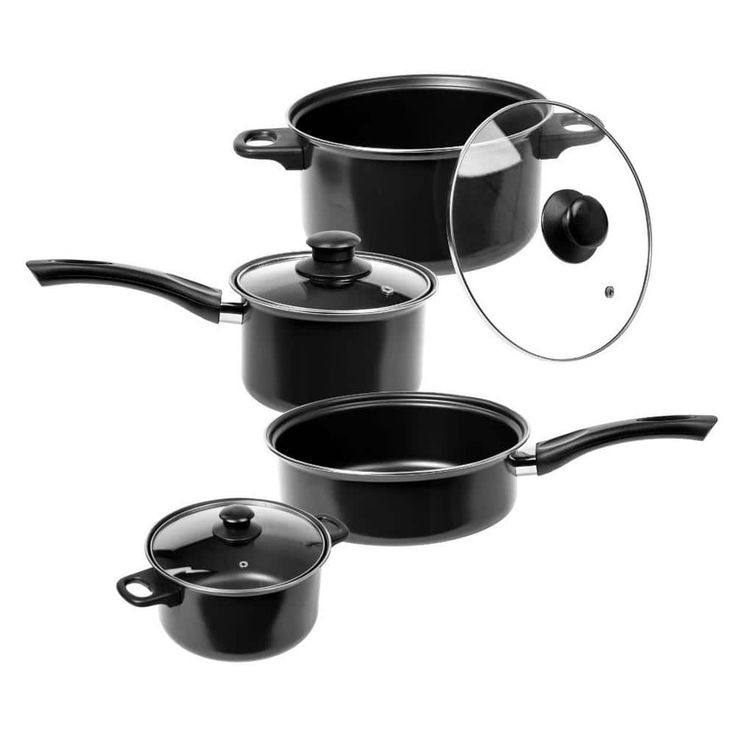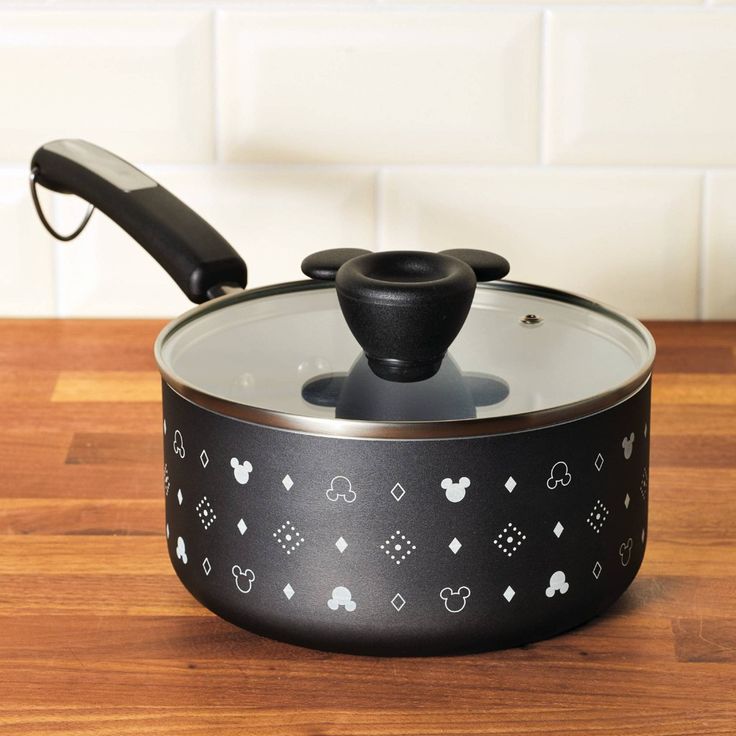Introduction: The Gleaming Promise of Stainless Steel
Stainless steel cookware has long been celebrated for its durability, resistance to corrosion, and the sleek, modern aesthetic it brings to every kitchen. However, maintaining that mirror-like shine requires care and understanding of the unique properties of this versatile material. Over time, stainless steel can accumulate stains, discolorations, and even a dull patina if not cleaned properly. This comprehensive guide, “Shining Again: Mastering Stainless Steel Cookware Cleaning,” delves into the art and science behind restoring and preserving the brilliance of your pots and pans, ensuring they remain as radiant as the day you brought them home.
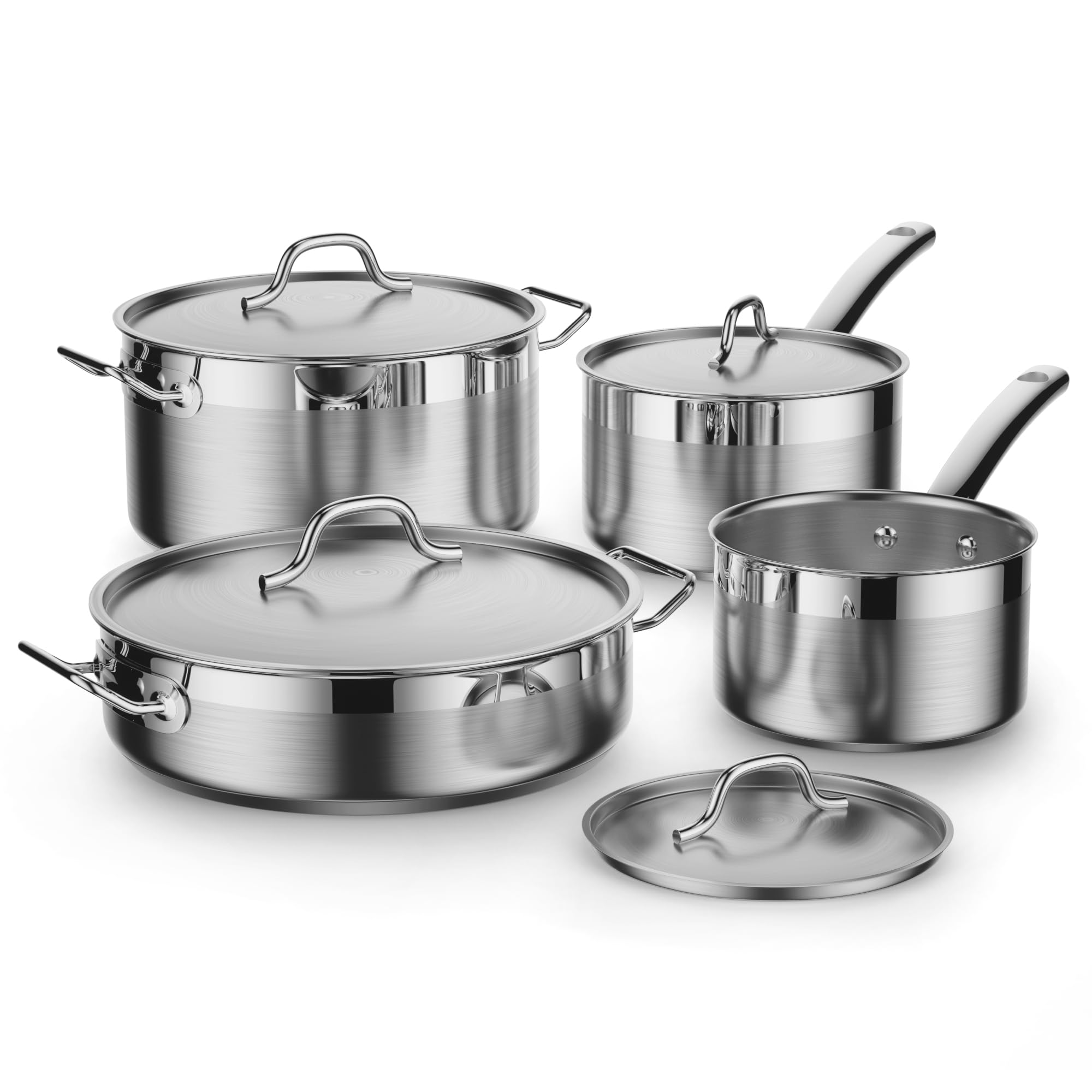
Understanding the Nature of Stainless Steel
At its core, stainless steel is an alloy composed primarily of iron, chromium, and often nickel, with smaller amounts of other elements. What sets it apart from ordinary steel is its high chromium content, typically at least 10.5%, which forms a passive layer of chromium oxide on the surface, protecting the underlying metal from rust and staining. This inherent resistance to corrosion makes stainless steel ideal for cookware, but it doesn’t mean the surface is impervious to all blemishes. Grease, food residue, and even hard water minerals can leave marks if cleaning practices aren’t up to par.
The Golden Rule: Clean Promptly and Correctly
The first line of defense against stains and discoloration is timely cleaning. It’s crucial to wash your stainless steel cookware soon after use, while food remnants are still soft and easy to remove. Avoid letting food dry and stick, as this can necessitate more aggressive cleaning methods that may damage the surface. Use warm soapy water and a non-abrasive sponge or cloth, gently rubbing in the direction of the grain to avoid scratches. Rinse thoroughly and dry immediately with a soft towel to prevent water spots.
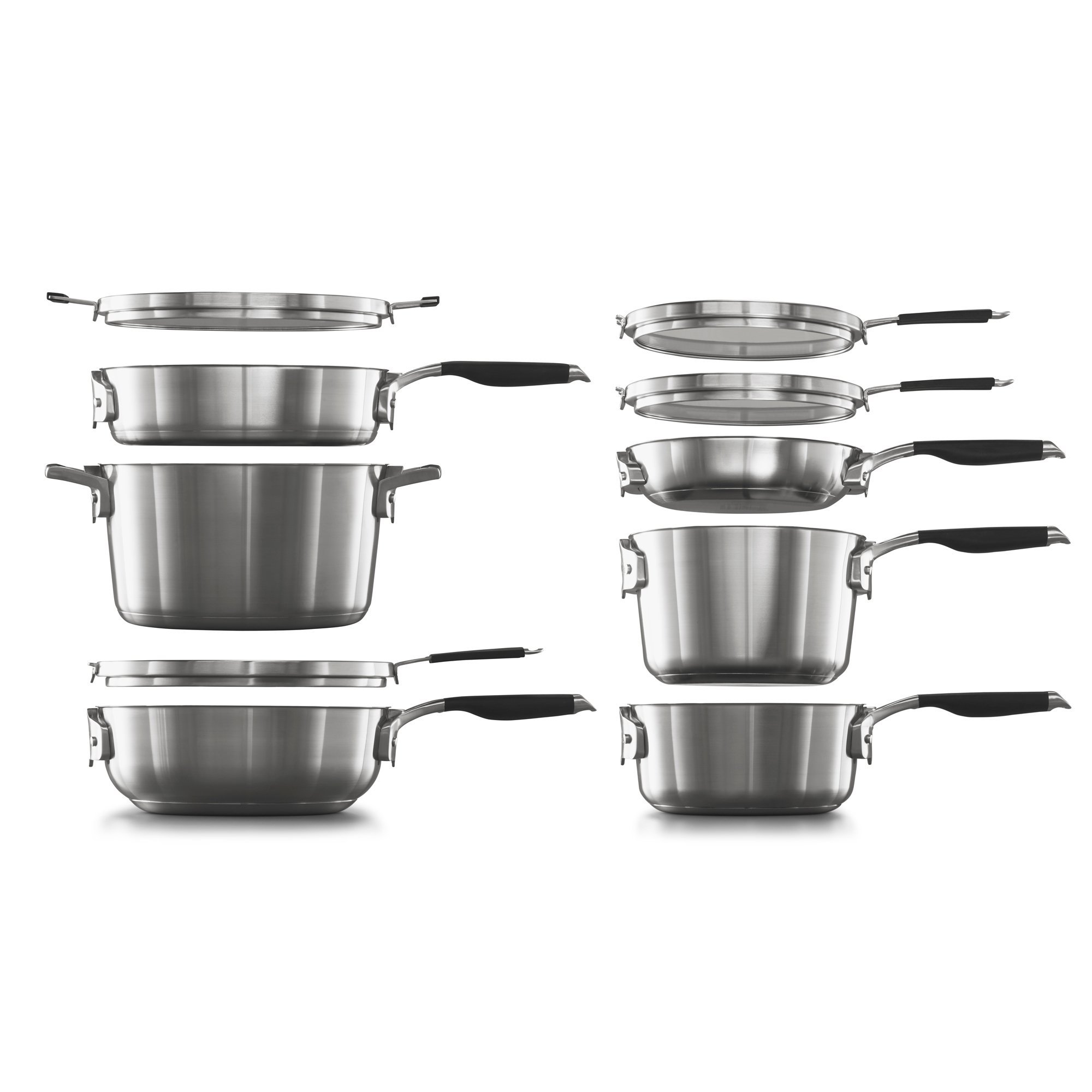
Tackling Stubborn Stains: A Graduated Approach
Despite best efforts, stubborn stains or heat discolorations may occur. Start with a mild solution of equal parts water and vinegar, bringing it to a simmer in the pot or pan for a few minutes before allowing it to cool and rinsing thoroughly. For more persistent stains, a paste made from baking soda and water applied with a soft cloth can work wonders when gently rubbed onto the affected area. Avoid harsh abrasives like steel wool or harsh chemicals, as these can scratch or damage the protective layer of your cookware.
Removing Burn Marks: Patience and Gentle Persistence
Burnt-on food or dark stains from overheating require a bit more patience. Begin by soaking the cookware in warm soapy water for several hours to soften the residue. If soaking doesn’t do the trick, try making a paste of baking soda and water, applying it to the stain, and letting it sit overnight. Gently scrub the next day with a soft-bristled brush or cloth, always following the grain pattern. For extreme cases, specialized stainless steel cleaners can be used, but be sure to follow the manufacturer’s instructions closely.
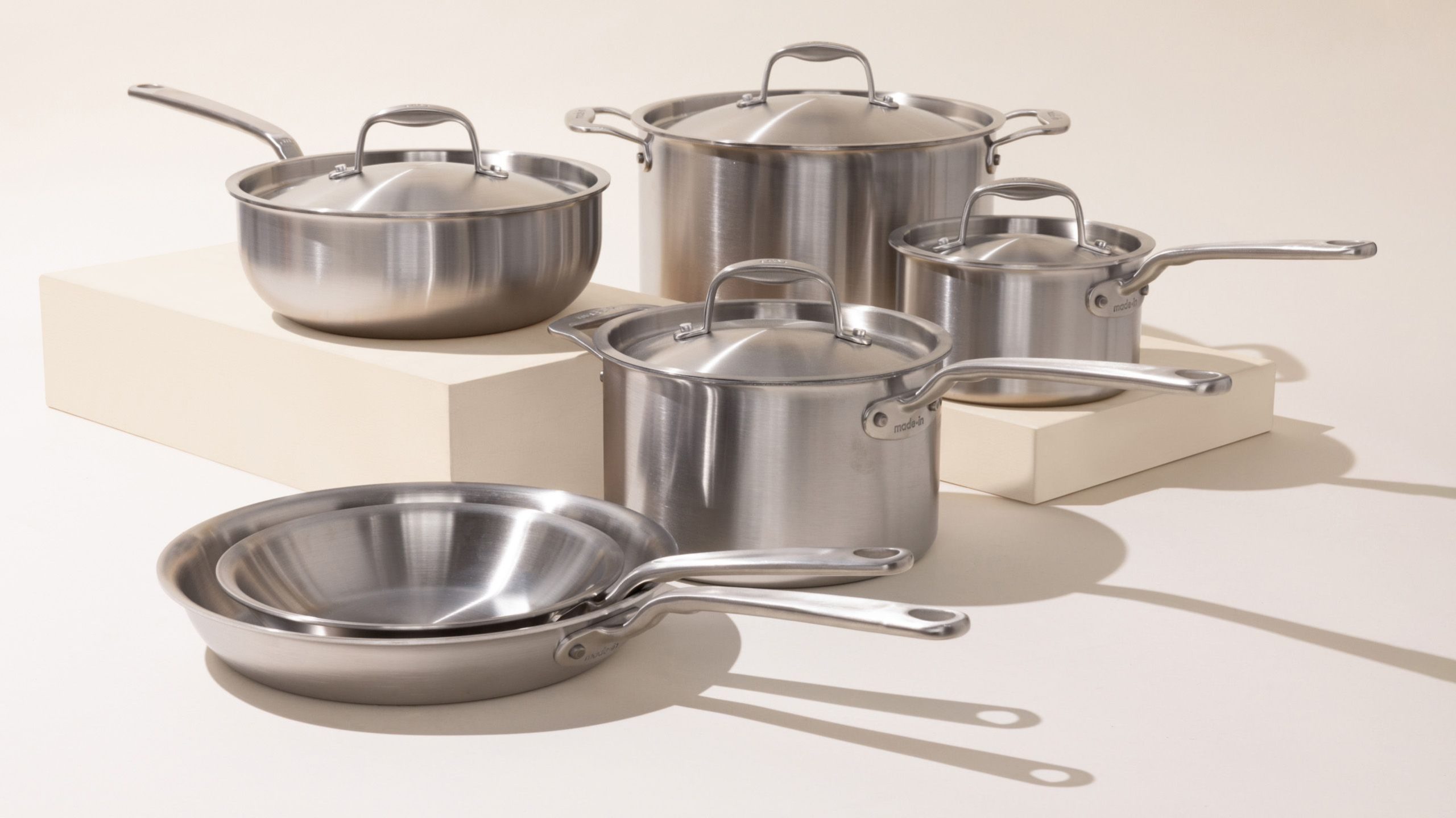
Preventing Water Spots and Corrosion
Water spots, often caused by minerals in hard water, can mar the otherwise flawless finish of stainless steel. To prevent these, after washing, always dry your cookware thoroughly, ideally with a microfiber cloth that won’t leave lint behind. For extra protection, you might consider applying a thin layer of mineral oil to the exterior of your pots and pans, especially if they’re not frequently used. This acts as a barrier against moisture and can help repel potential stains.
Dealing with Pitting and Rust: Early Intervention is Key
While stainless steel is resistant to rust, it’s not entirely immune. Pitting, tiny indentations that can harbor rust, can occur if the surface is damaged or exposed to acidic substances for prolonged periods. Should you spot rust or pitting, address it immediately. Use a gentle rust remover specifically designed for stainless steel, following the product directions meticulously. After treatment, rinse well and dry completely. Remember, prevention is key; avoid storing wet cookware, and don’t let acidic foods sit in your pans for extended periods.
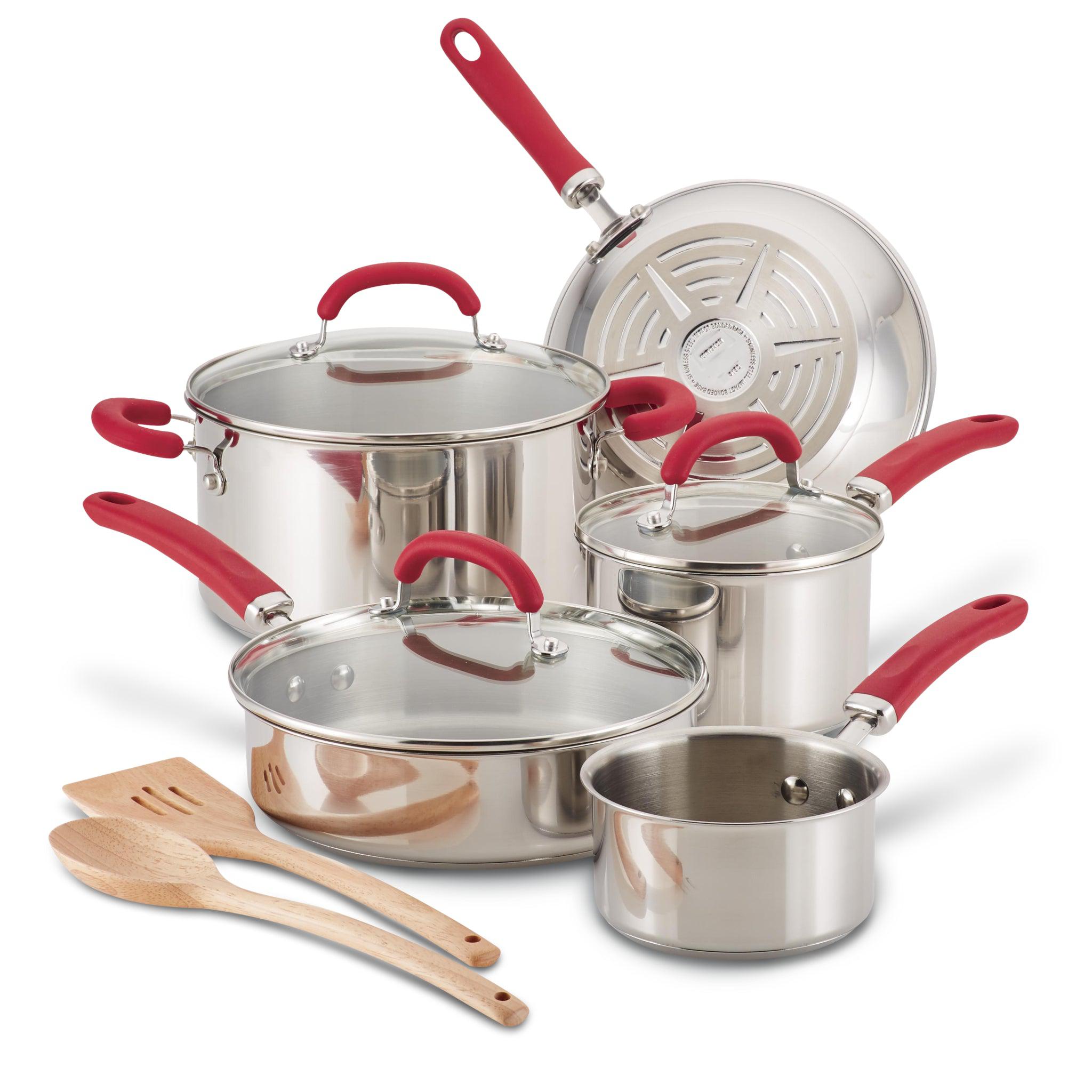
Polishing for Perfection: Restoring Luster
To restore a truly dazzling shine, occasional polishing can work wonders. There are numerous commercial stainless steel polishes available, each with its own application method. Generally, apply the polish with a soft cloth, buffing in the direction of the grain until the surface gleams. For a more natural approach, a small amount of olive oil or club soda can also provide a lustrous finish when applied with a microfiber cloth. Always test a small, inconspicuous area first to ensure the chosen method won’t harm your cookware.
Protecting Your Investment: Storage Strategies
Proper storage plays a significant role in maintaining the beauty and longevity of your stainless steel cookware. Stackable pans should be separated by felt or silicone protectors to prevent scratches. Hanging pots and pans can be both practical and aesthetically pleasing, keeping them off surfaces and showcasing their shine. Ensure the storage area is dry and well-ventilated to discourage moisture buildup and potential corrosion.
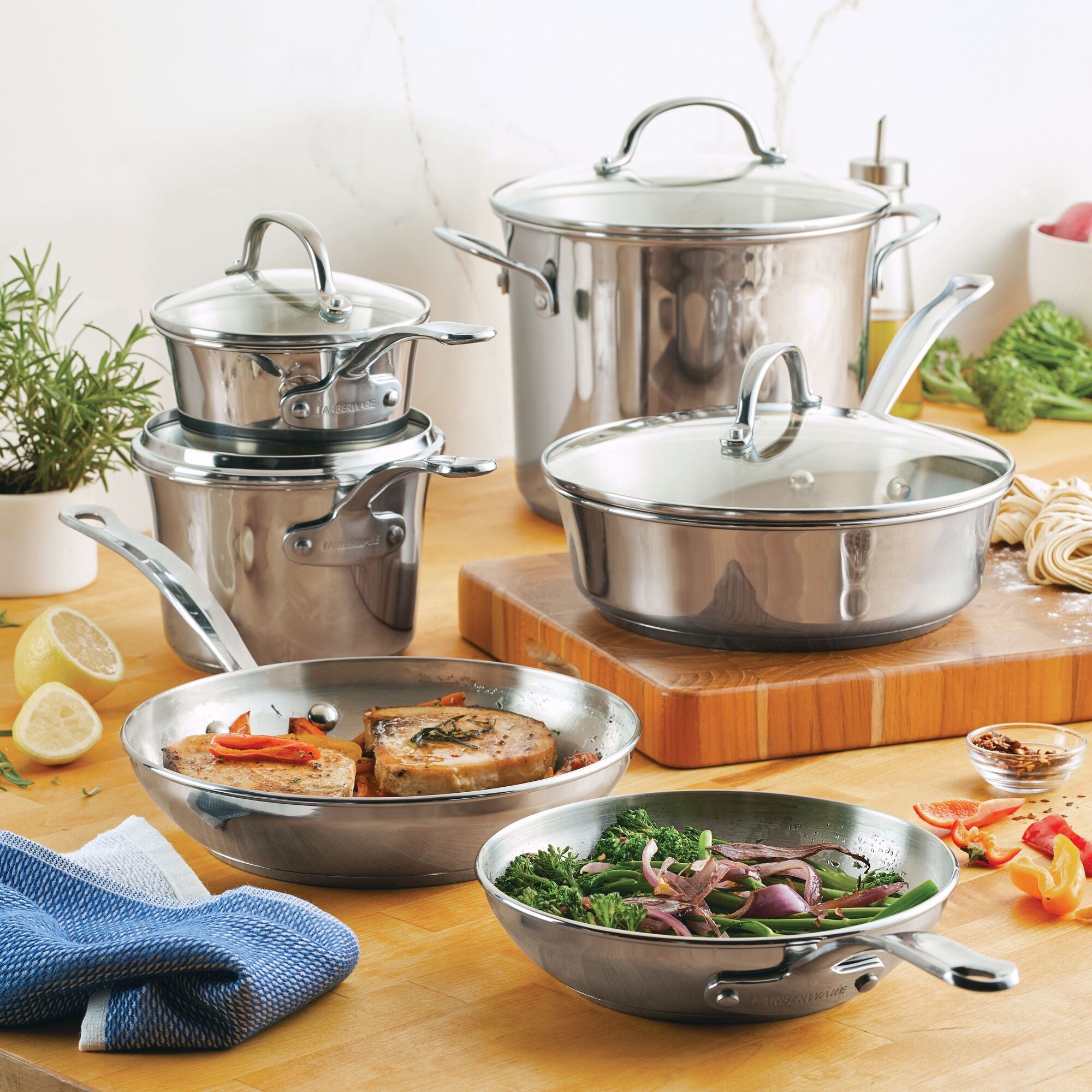
Enhancing Heat Distribution: The Importance of Proper Preheating
Stainless steel cookware is known for its even heat distribution, but taking the time to preheat your pans before adding ingredients can significantly enhance their performance. Uneven heating can lead to hotspots that may scorch food or cause sticking. By preheating your pan over medium heat for a few minutes before adding oil or ingredients, you allow the metal to warm evenly, creating a more stable and predictable cooking surface. This not only improves cooking results but also aids in preventing food from adhering to the pan, thereby reducing cleanup efforts.
Handling High Heat with Caution
While stainless steel is durable and can withstand high temperatures, excessive heat can damage the surface, especially if the cookware has an aluminum or copper core. It’s advisable to use lower to medium-high heat settings for everyday cooking tasks. If searing or achieving a quick, high-heat reaction is necessary, do so cautiously and under close supervision, ensuring the pan isn’t left unattended. Overheating can cause discoloration (known as “heat tint”) or, in extreme cases, warp the shape of the cookware.
Conclusion: A Legacy of Shine
Mastering the art of cleaning and caring for your stainless steel cookware not only preserves its brilliance but also extends its lifespan, ensuring it remains a cherished part of your culinary arsenal for years to come. With consistent maintenance, timely intervention for stains, and thoughtful storage, your pots and pans will continue to shimmer with a luster that reflects not just light but also the pride and dedication you invest in your kitchen. In the realm of stainless steel cookware, shining again is not just a process—it’s a testament to the harmony of functionality and elegance that defines every well-equipped kitchen.
